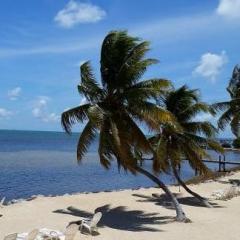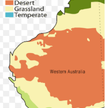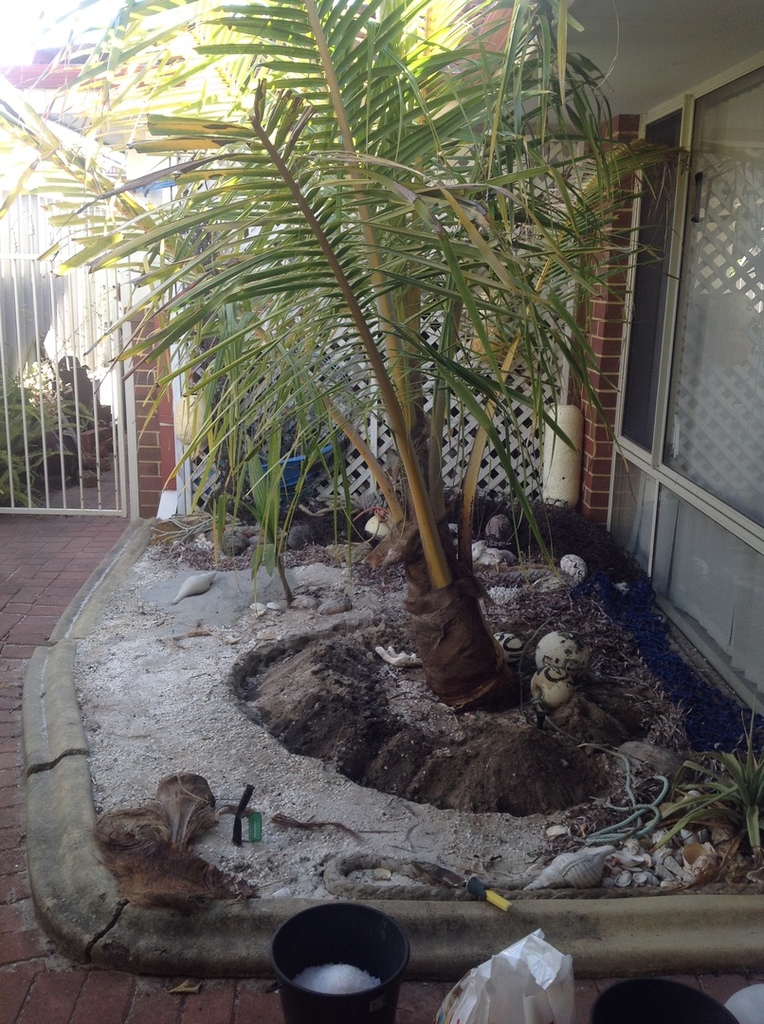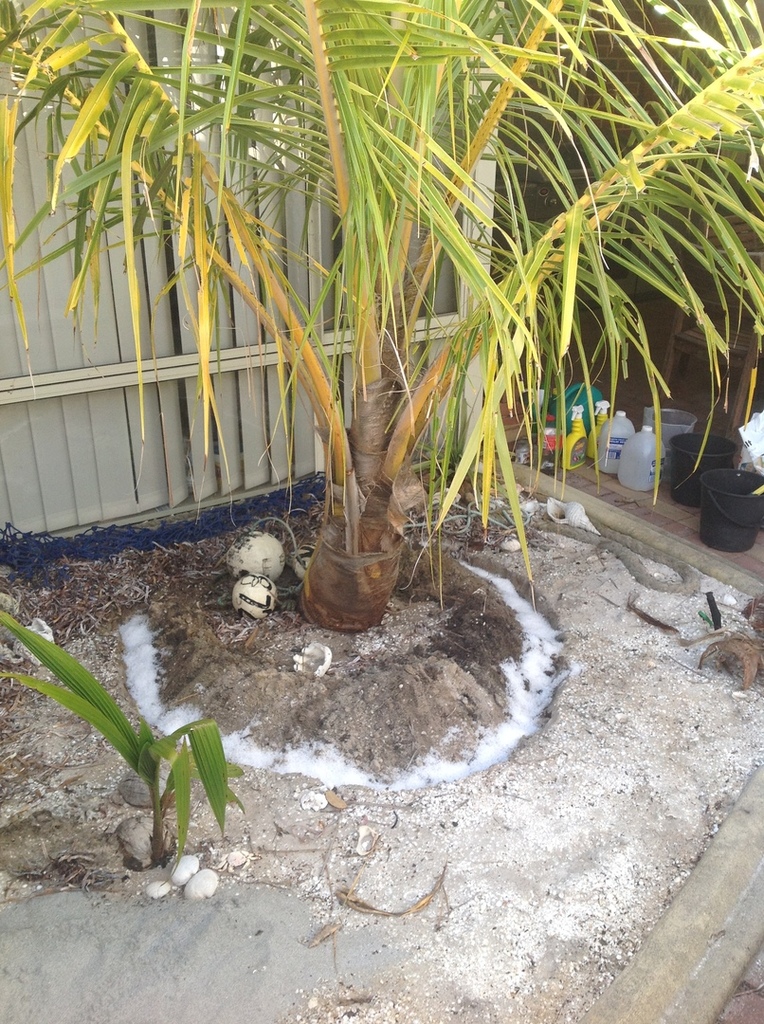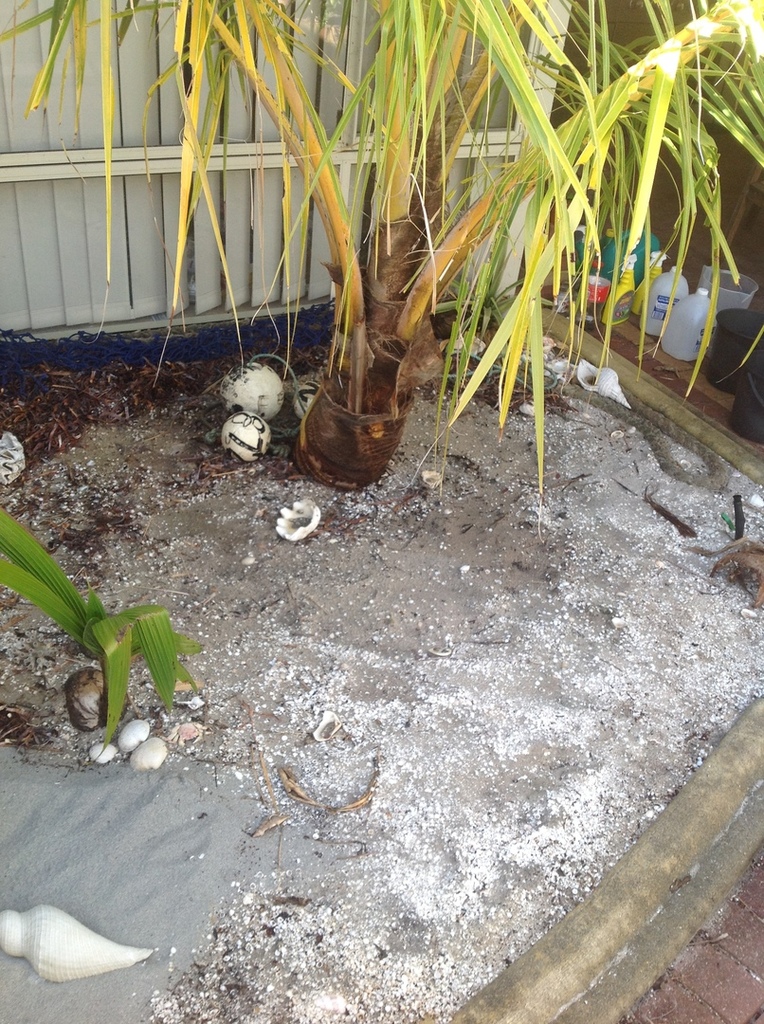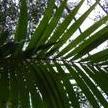Leaderboard
Popular Content
Showing content with the highest reputation on 03/19/2019 in all areas
-
Please share what plants do you grow in your tropical and subtropical gardens that possess huge leaves, more than 12" (30 cm) in size. Excluding aroids, palms and cycads, bananas and heliconias. Here is what I grow among a few others: Theobroma cacao Macaranga grandifolia Wercklea ferox Ficus auriculata Ficus dammaropsis Syzygium macrocarpum Santoricum koetjape Leea macrophylla4 points
-
aztropic, our pinnate zone 9 palms are being ravaged by lethal bronzing and Fusarium Wilt so the marginal zone 9b palms that don't die of the disease are creeping into the planting palette in zone 9a...hence the Royals and Archontophoenix in Daytona. I'm sure there will be a winter reckoning.... But to be perfectly fair, considering the low risk from cold during the last few winters, its reasonable to say Royals will live as long or longer than Phoenix sylvesris, canariensis, or dactylifera in the face of the Lethal bronzing scourge. Queens are dying of lethal bronzing too, as well as fusarium wilt. Mules don't seem to be highly susceptible to Bronzing, but they are susceptible, just less than P sylvestris, dactylifera, and canariensis. We are seeing many Livistonas planted these days as they are zone 9 hardy and resistant or only slightly susceptible to Lethal Bronzing. But its hard to duplicate the look of a large pinnate palm with a Livistona. Growing palms in Central FL has taken a decidedly depressing turn over the last few years as our native Sabal dies, along with Queens, Canaries, Sylvestris, Dactylifera, and Washingtonia. As common as those species are, they are still the backbone of our palm scape across the middle of FL. Their loss changes the entire look of the place.3 points
-
Well, winter has passed. As we all know it arrived late. Hitting us hard with a cool and very wet climate for February. I would like to show some pics of the status of the planted palms. I just stress, the yellowing/red tips on my favorite coco (the golden Malayan Dwarf. Far right) is not due to winter, but to a red mite infestation last fall. The critters have been dealt with, however, they left destruction in their wake. Without further ado. Here are the pics: From right to left: Golden malayan dwarf, planted as a one strap seedling Aug/2016. Green Pacific tall planted March 2017. 5 year old B.alfredii, is a midget compared to the cocos... LoL Then another green pacific tall (sibling of the first one) Then store-bought dehusked coco from Jalisco/Mexico. It sprouted in Nov 2016, planted April 2017 and the beauty turned out to be a golden tall. Last but not least the red Tahiti dwarf/Rangoroa/Haari papua coco. There is a thread about a handful of us posters who bought these online at more or less the same time. Expecting some growth this upcoming season. Regards!3 points
-
2 points
-
2 points
-
FNGLA has just released this; Lethal Bronzing aka Texas Phoenix Palm Decline FACT SHEET March 19, 2019 1. What is Lethal Bronzing formerly known as Texas Phoenix Palm Decline? Lethal Bronzing (LB) was formerly known as Texas Phoenix Palm Decline. As with lethal yellowing (LY), Lethal Bronzing is a fatal and systemic palm disease caused by a bacterium (16SrIV-D phytoplasma) which can kill certain palms quickly. The causing phytoplasma is likely transmitted by sap-feeding insects such as planthoppers. LB can also be spread through movement of infected palms. 2. When was LB discovered and how did it find its way to Florida? LB was first reported in Phoenix spp. of palm in Texas in 1980 (McCoy et al. 1980) and then confirmed in Texas in 2002. Four years later, LB was reported on the western coast of Florida (Sarasota to Tampa) affecting Phoenix (date) species. In early 2008, LB was confirmed as the cause of declining cabbage palms (Sabal palmetto) in Hillsborough and Manatee counties. Subsequently, LB has been found throughout many of Florida’s central and southern counties and there is sporadic occurrence in the northern portion of Florida (Harrison and Elliott 2016). There is no solid scientific evidence to date demonstrating the mechanism by which LB found its way to Florida. 3. How is LB spread? LB is spread by an insect vector believed to be highly mobile. In general, vector insects, infected palm trees and movement of phytoplasma-carrying vector insects on their alternative grass hosts are believed to be the avenues through which the LB phytoplasma is dispersed. 4. Has scientific research definitively identified the vector? To date, there is no definitive identification or confirmation of the vector. 5. Which palms are susceptible to the disease? Are any palms more susceptible than others? The LB phytoplasma seems to have a wider range of host palms than lethal yellowing (LY). To date, LB phytoplasma has been reported in: Bismarck Palm (Bismarckia nobilis) Edible Date Palm (Phoenix dactylifera) Cabbage Palm (Sabal palmetto) Pygmy Date Palm (Phoenix roebelinii) Canary Island Date Palm (Phoenix canariensis) Queen Palm (Syagrus romanzoffiana) Carpentaria Palm (Carpentaria acuminata) Senegal Date Palm (Phoenix reclinata) Christmas Palm (Adonidia merrillii) Wild Date Palm (Phoenix sylvestris) At this time, it appears P. canariensis, P. dactylifera, P. sylvestris and S. palmetto are more susceptible than the other palms. 6. Which states are confirmed to have Lethal Bronzing? Texas, Florida, Louisiana are the states in which LB is confirmed. 7. In which Florida counties is LB confirmed? Are these confirmations found primarily in landscape settings or in production nurseries? At this time, FDACS-DPI confirms LB is found in the following counties: Alachua Highlands Lake Polk Desoto Hillsborough Manatee Sarasota Duval Indian River Orange Volusia Hardee Palm samples submitted to the University of Florida Diagnostics Center in Gainesville are primarily from palms in landscape settings – not production nurseries. 8. Are there any federal or interstate LB-related quarantines, special phytosanitary certificates or permit requirements governing palm shipments from Florida? Yes. Texas and Louisiana have restrictions on shipping LB-host palms to those states. 9. Are there any special LB-related regulations governing the movement of palms within Florida? Not at this time. In the event a nursery is quarantined for LB, movement of palms from such nursery is then restricted. If the nursery has a specific location under quarantine, then only the LB-host palms in the affected location are quarantined with restrictions on their movement. 10. When, how and how often are Florida palm nurseries inspected for LB? Nurseries which are known exporters of host palms are inspected as required by the destination requirements. Florida Department of Agriculture and Consumer Services Division of Plant Industry inspectors (FDACS-DPI) check for LB any time they inspect a nursery with host palms. 11. How many Florida palm nurseries are confirmed to have LB? No Florida nurseries are quarantined for the presence of LB at this time. 12. What steps can be taken to treat LB-host palms or mitigate or prevent its spread? To date, the only recommendations for alleviating spread are the removal of infected trees and preventative injections of Oxytetracycline (OTC). The latter recommendation is based on the assumption LB responds the same to OTC as does Lethal Yellowing disease (LY). (For additional information, please read #17 below). 13. If there is no LB or vector in the immediate area, can the disease still be spread from one palm to another? If so, how? No. Insect transmission is the only method by which phytoplasmas are transmitted. If the insect vector is not present, no spread will occur. 14. Given LB is not visually symptomatic during its early stages, how long does it take for an infection to become visibly apparent? It is highly variable depending on a palm’s growth conditions, stress factors and other environmental conditions. Nonetheless, LB is believed to take two to five months from inoculation to visible symptom development. A period of gradual decline followed by complete inhibition of growth often occurs about one month before the end of the symptomless phase. 15. Once a LB-infected palm becomes visibly symptomatic, how long will it take before it dies? Death of a palm infected with LB phytoplasma generally occurs within months of the onset of symptoms. To date, there is no solid data which can estimate how long it takes before an LBdiseased palm dies. Once infected, a palm declines quickly although the rate of decline is dependent on a palm’s growth conditions, stress factors and other environmental conditions. 16. How reliable are molecular diagnostic tests in determining LB infections? The current molecular diagnostic tests are very reliable and very specific with respect to different strains which cause either LB or LY. Yet, false negatives are possible early in an infection because the pathogen may not be distributed equally across the host tissue. However, false negatives can be reduced if proper protocols are followed. If LB symptoms are visibly present, false negatives can only occur due to human error in sampling or handling. Other diseases and abiotic conditions can cause dieback, yet a negative diagnosis for LB will be a true negative in such a case. 17. With LB-host palms, are OTC inoculations useful tools in production nurseries and/or landscape settings? If a palm is already infected with LB phytoplasma, scientists do not believe OTC applications are useful to stop a palm from declining. Yet, based on the assumption LB responds the same to OTC as does LY, then properly executed OTC injections into palm trunks may be useful preventatives. No special license is needed or required to inoculate palms with OTC. Additional research needs to be conducted to further evaluate OTC applications and their frequency in LB control. FNGLA thanks the following scientists for contributing their expertise and reviewing this Fact Sheet: Brian Bahder, Ph. D. Assistant Professor, Vectors and Disease, University of Florida Institute of Food and Agricultural Sciences, Fort Lauderdale, FL. Carrie Lapaire Harmon, Ph. D. Extension Plant Pathologist, University of Florida Institute of Food and Agricultural Sciences, Gainesville, FL. Greg Hodges, Ph.D. Assistant Director, Division of Plant Industry, Florida Department of Agriculture and Consumer Services, Gainesville, FL. Leroy Whilby, Ph. D. Bureau Chief - Entomology, Nematology and Plant Pathology, Division of Plant Industry, Florida Department of Agriculture and Consumer Services, Gainesville, FL.2 points
-
@Mr.SamuraiSword For planting inland, I'd recommend looking at some inland plantings in the book Designing With Palms by Jason Dewees. The book has pictures from Columbia, SC's Riverbanks Zoo and Botanical Gardens as Well as Mary Alice Woodrum's garden in North Augusta, SC. There are images from a few other spots in SC and GA sprinkled throughout the book, but these two gardens have their own spread. You should check out Joe LeVert's in Augusta, GA.2 points
-
I have around 15K Minor Cherokee seedlings along with McCurtain Co as well.2 points
-
2 points
-
I'll chime in and echo support for buying from @TexasColdHardyPalms. A ton of knowledge and is a joy to buy from as well. I know he has needles and 'McCurtain' minors, among other things. I want to say he is also carrying the 'Cherokee' variety of Sabal minor from the Weiss Lake area of Alabama. This new variety may be poised to unseat 'McCurtain' as the most cold hardy variety as they come from a zone 7b climate. Their website is here: https://texascoldhardypalms.com/ Christian Faulkner ( @cfkingfish ) is selling 'Cherokee' seeds on these forums: Fresh Palm Seed Offerings from Faulkner's Palms I've bought twice off of Christian; once in person and once over the internet. He's very knowledgeable and gets your seeds out quick. You can't go wrong with either one of these folks and it is very easy to just PM them on here.2 points
-
2 points
-
2 points
-
2 points
-
1 point
-
1 point
-
1 point
-
I sent a PM back in Dec. Figured if another batch became available I'd get some going, save one for myself, and set the others free to take over S FL and start DoomsFrankenBraheaApocalypse from this corner of the country.1 point
-
1 point
-
Enjoy them while you can... I lived in Daytona a couple years and it does get cold.While they may pull through for a few years,they will always be trying to replace burnt fronds and eventually,it WILL get cold enough to kill them outright. aztropic Mesa,Arizona1 point
-
Very nice. If those Roystoneas flourish I hope they will be proactive in removing the dying fronds! I'd hate to be seated at one of those tables in photo #1 in a couple of years when a 50 lb frond bomb comes crashing down! I doubt that those umbrellas would provide much protection!1 point
-
1 point
-
Is that Palm Karaoke? What song are you crooning? I am overdue for a shopping visit. Such an extravagant garden. Always fun to see the bus.1 point
-
1 point
-
Here's something you don't see too often, not in my garden anyway. It's a rare Lamington Spiny Crayfish and only found in my local area. To be honest, I didn't even know they existed.1 point
-
We have two Sabal minors and love them in our beds. Very attractive palm for lower height requirements in your landscape. You might check out Palm Delights' (Raleigh, NC) Sabal minor listings, particularly the 'McCurtain'. https://www.plantdelights.com/products/sabal-minor-mccurtain Cold hardy and slow growing. A number of people here have ordered from them in the past. Sometimes PD have some unique palms come in -- there were a few dwarf palms I was interested in a while back, 'Blountstown Dwarf' was one but didn't pull the trigger at that time and then forgot about, now not seeing listed. But interesting to see what they carry. Do a search there for Sabal, cold hardy palm, etc. for more possibilities for your area. Here's an article that might be helpful to you: https://www.plantdelights.com/blogs/articles/cold-hardy-palms-windmill-needle-palm-tree-weather Here's a video on this variety you might find interesting:1 point
-
1 point
-
1 point
-
It's called lethal bronzing now-a phytoplasm like lethal yellowing. Apparently some state complained about the original name...1 point
-
1 point
-
1 point
-
Sabals grow faster in the ground and don't make good potted specimens because of their saxophone roots. They need very deep pots. If your palmetto has stopped growing in its pot, put it in the ground when temps warm up - that should be very soon for you. You will likely be pleasantly surprised how a hot, humid VA summer helps it along. Welcome to PT.1 point
-
1 point
-
1 point
-
1 point
-
1 point
-
1 point
-
A cunninghamiana also has ramenta (little hairy fibres) on the undersides of the leaflets whereas alexandrae does not. Cunninghamiana crownshaft tends to be speckled with brownish spots whereas alexandrae tends to be a consistent like green or even silvery light green sometimes. Cunninghamiana fronds tends to droop a bit more while alexandrae is slightly more stuff and upright, although that growth habit can be a result of growing conditions as well (shade vs sun). Cunninghamiana has purple flowers while alexandrae’s are cream/white.1 point
-
Easiest way to tell is that Archontophoenix alexandrae has silver underneath the leaflets and cunninghamiana is green.1 point
-
1 point
-
1 point
-
1 point
-
1 point
-
1 point
-
A couple of my favorite palms in your garden, although it's hard to pick favorites at a garden like yours. I hope those flower for you soon so I can get some seed or seedlings!!!1 point
-
Heading out of Phong Nha we headed north on the Ho Chi Minh highway. The plan was to overnight in Vinh after stopping at Vu Quang National Park. The limestone formations continued along the road. thankfully there was also very little traffic. Large stands of Arenga covered the hills Time for a ciggie for the driver pictured with our transport1 point
-
1 point
-
1 point
-
And we ahead to Thaplan National Park to take some photo of ornamental corypha. All palm on next couple post is only Corypha lecomtei, no other species mix here.1 point

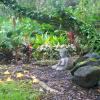


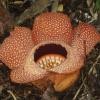

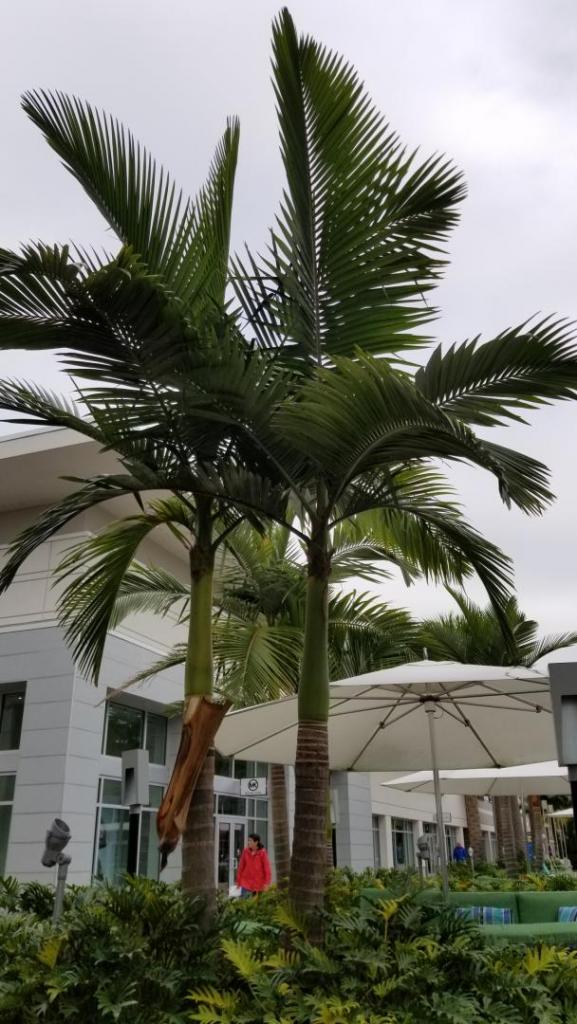
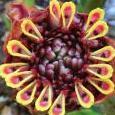
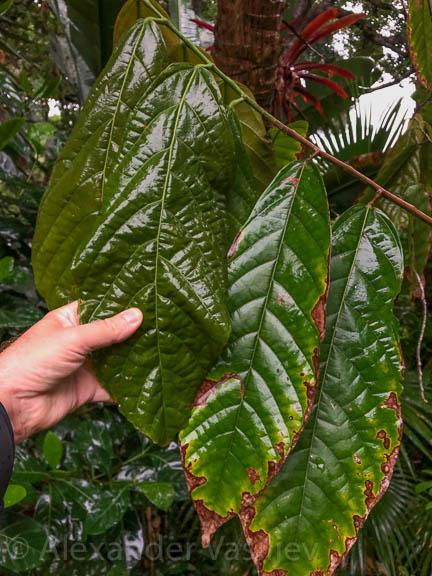
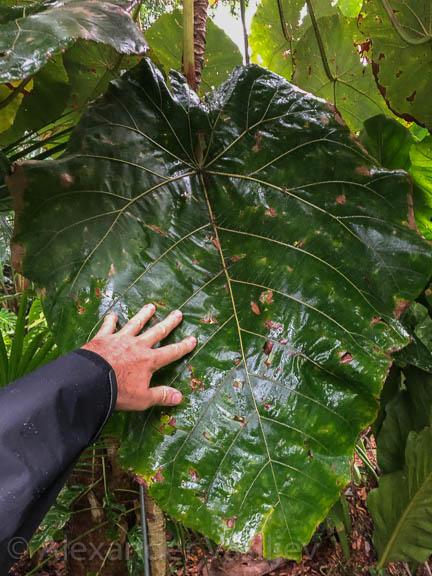
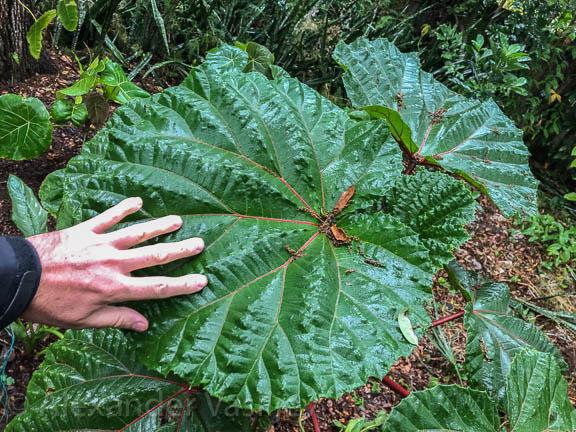
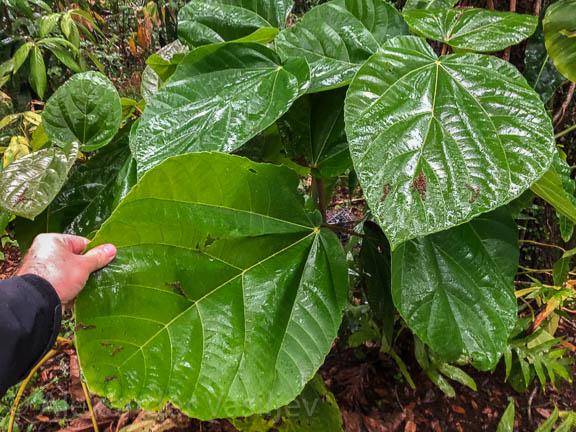
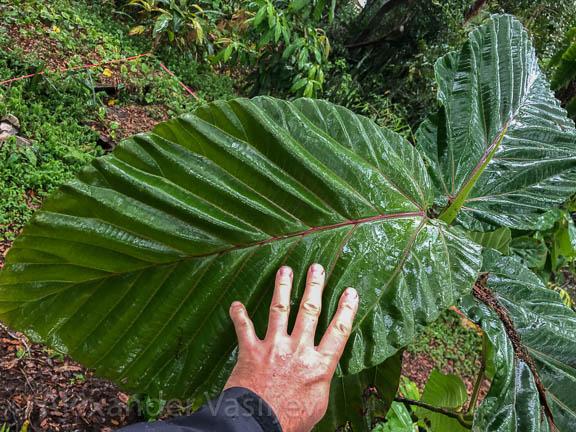
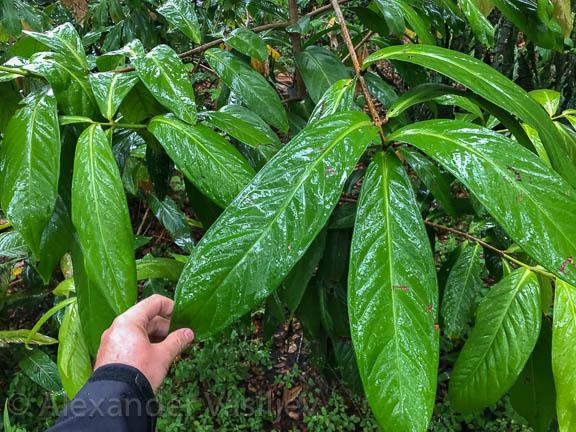

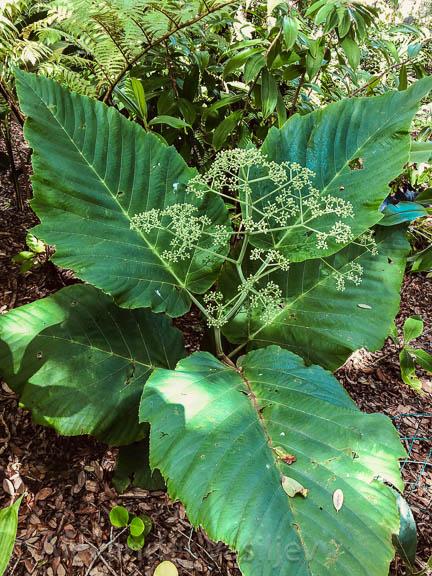
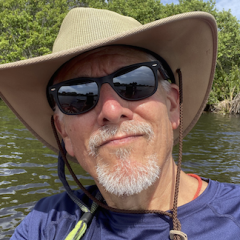


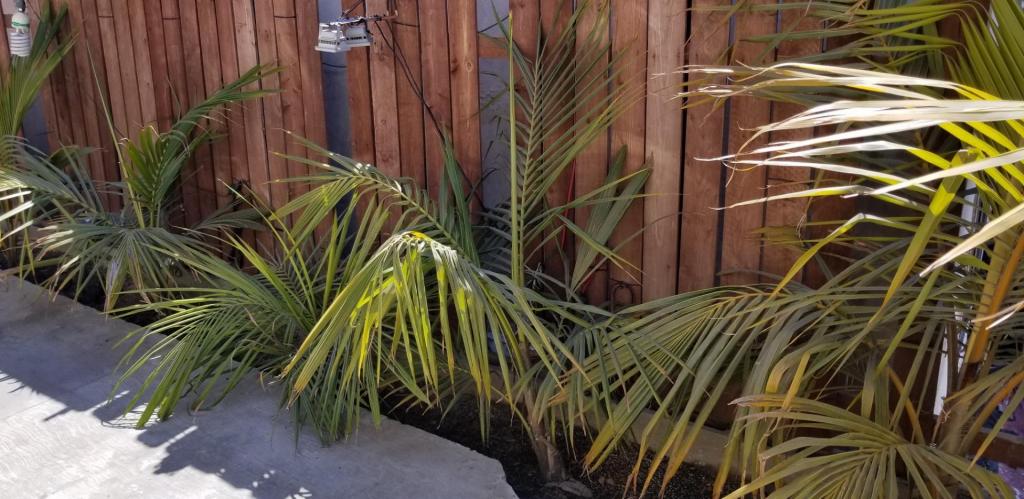
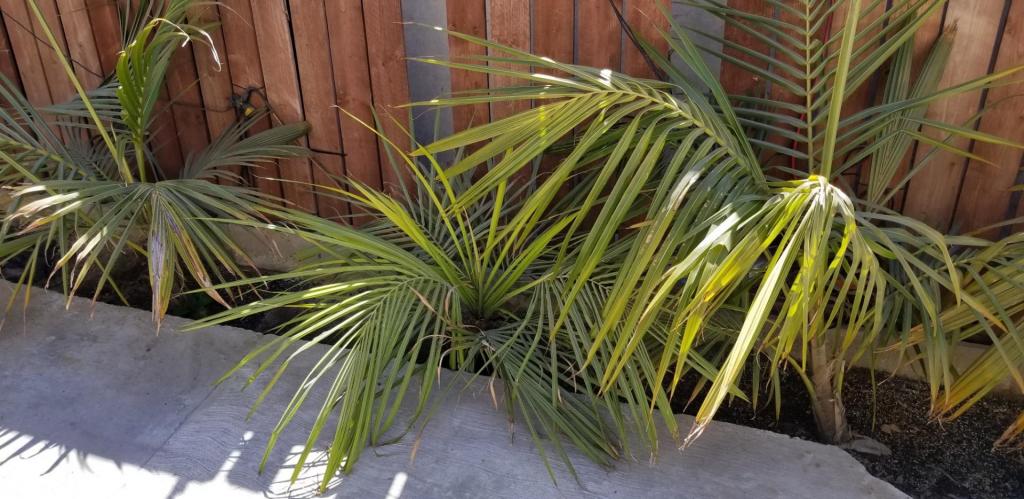
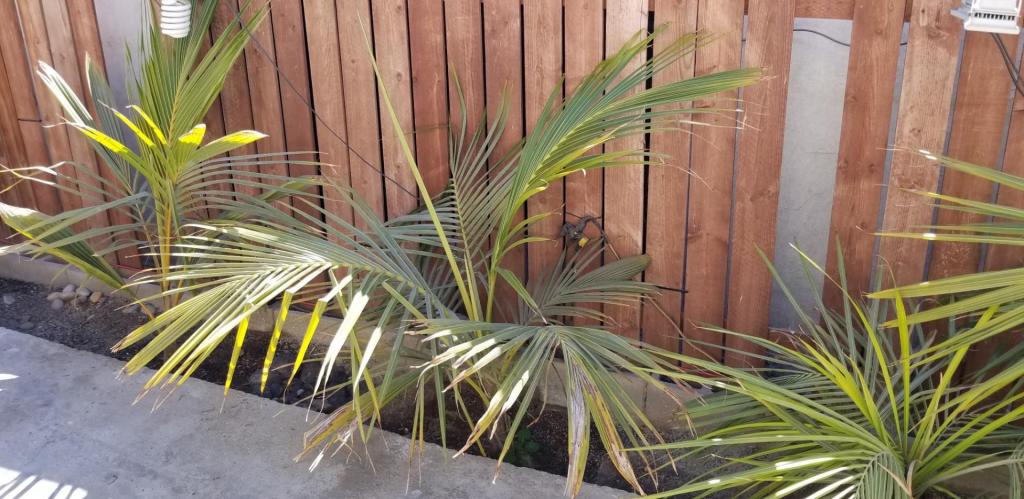

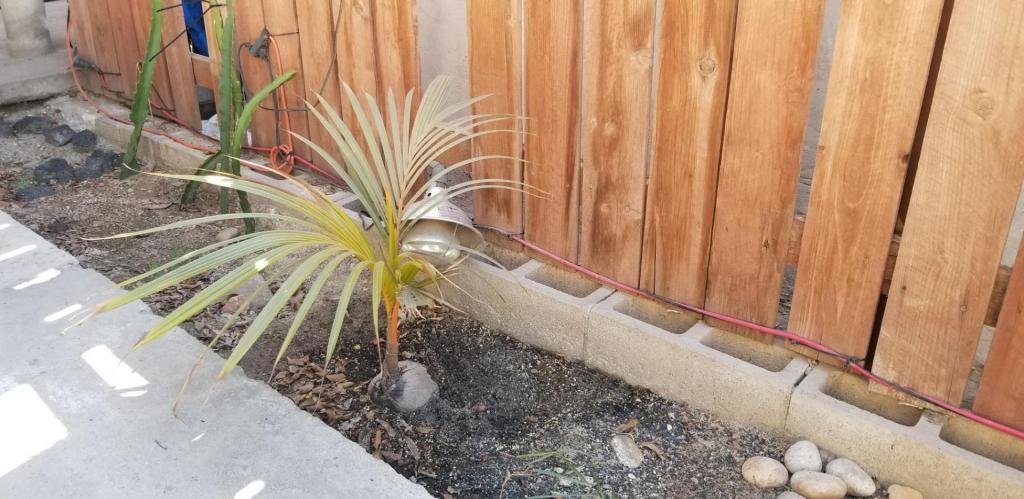
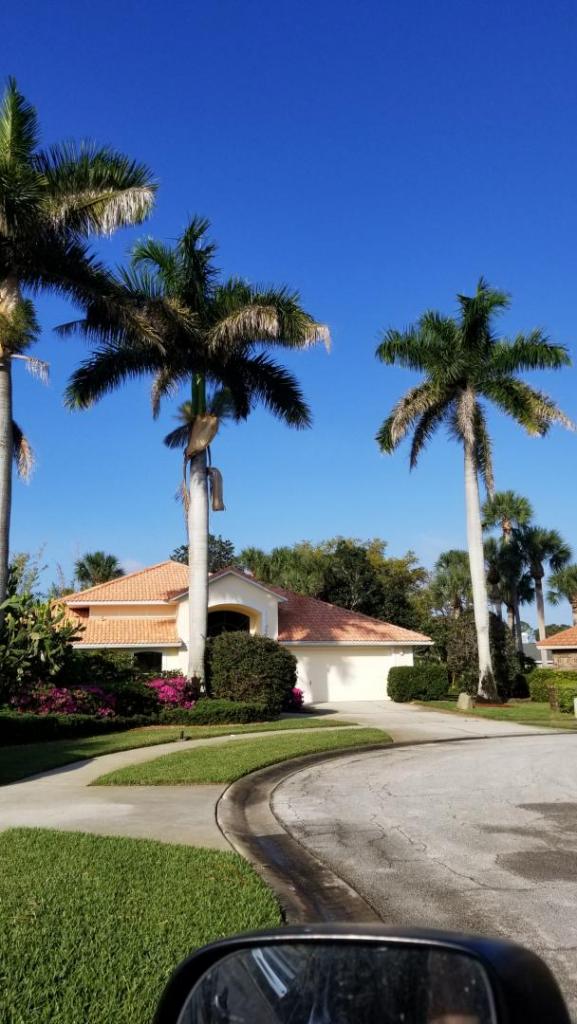


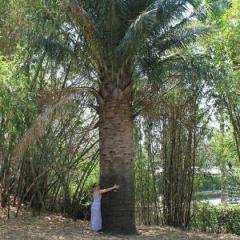



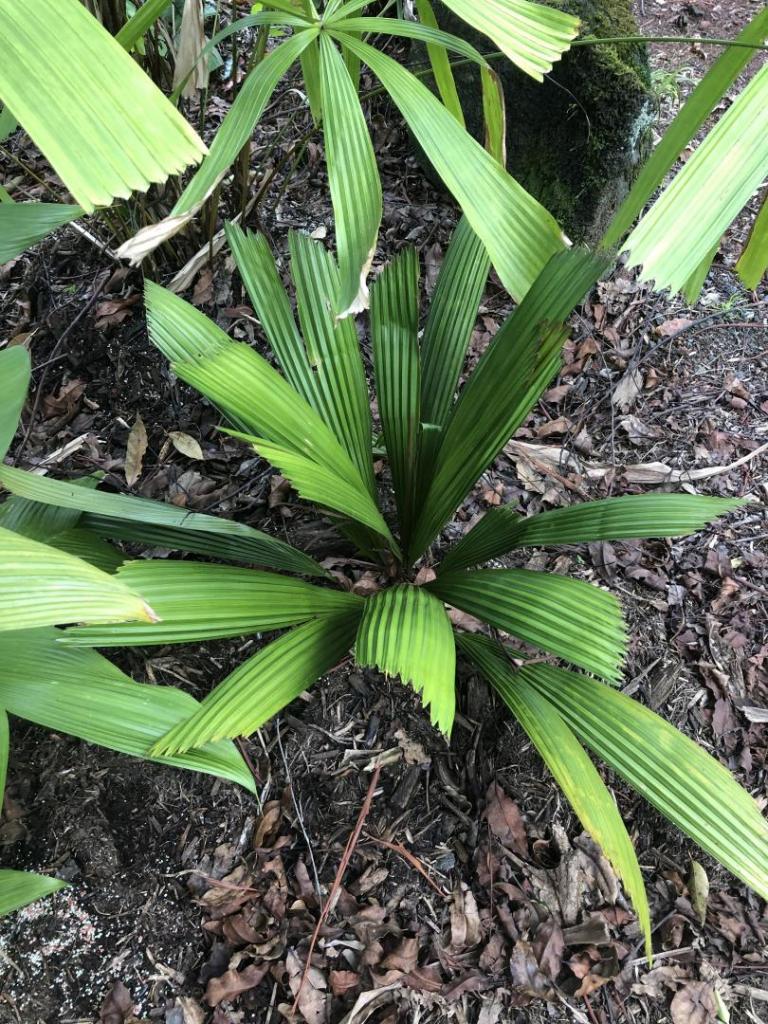
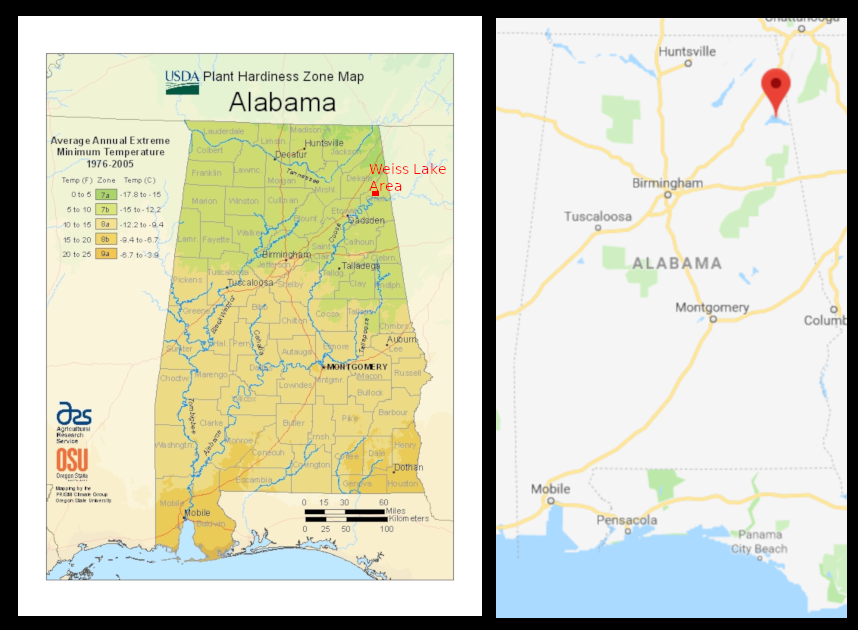

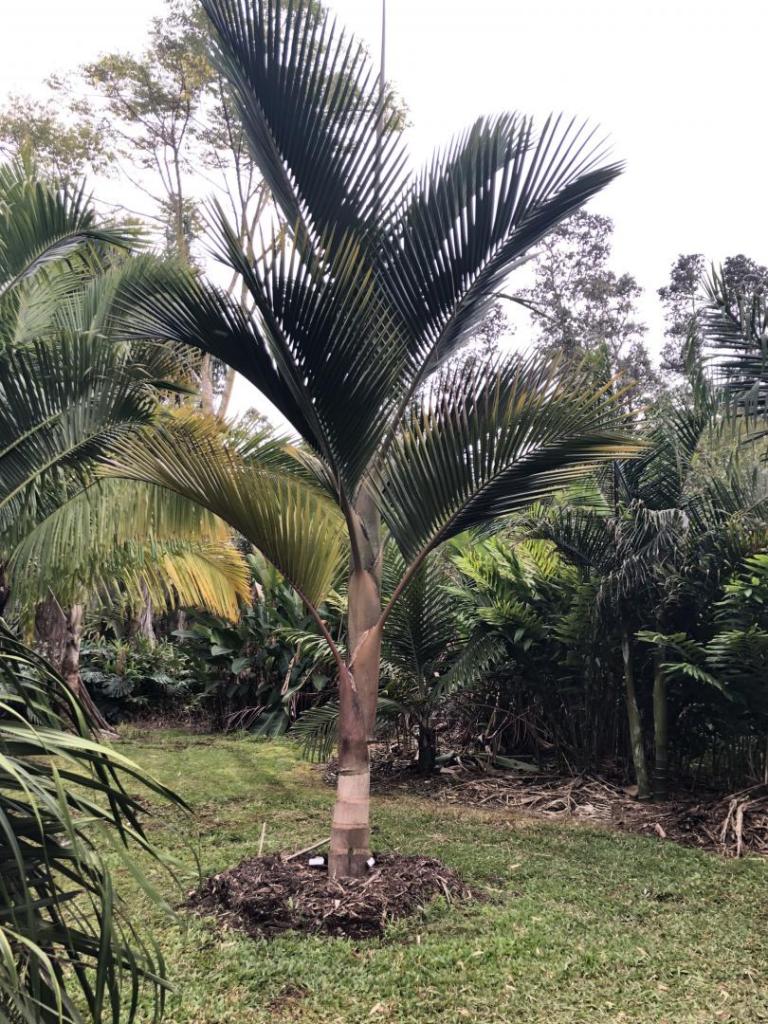
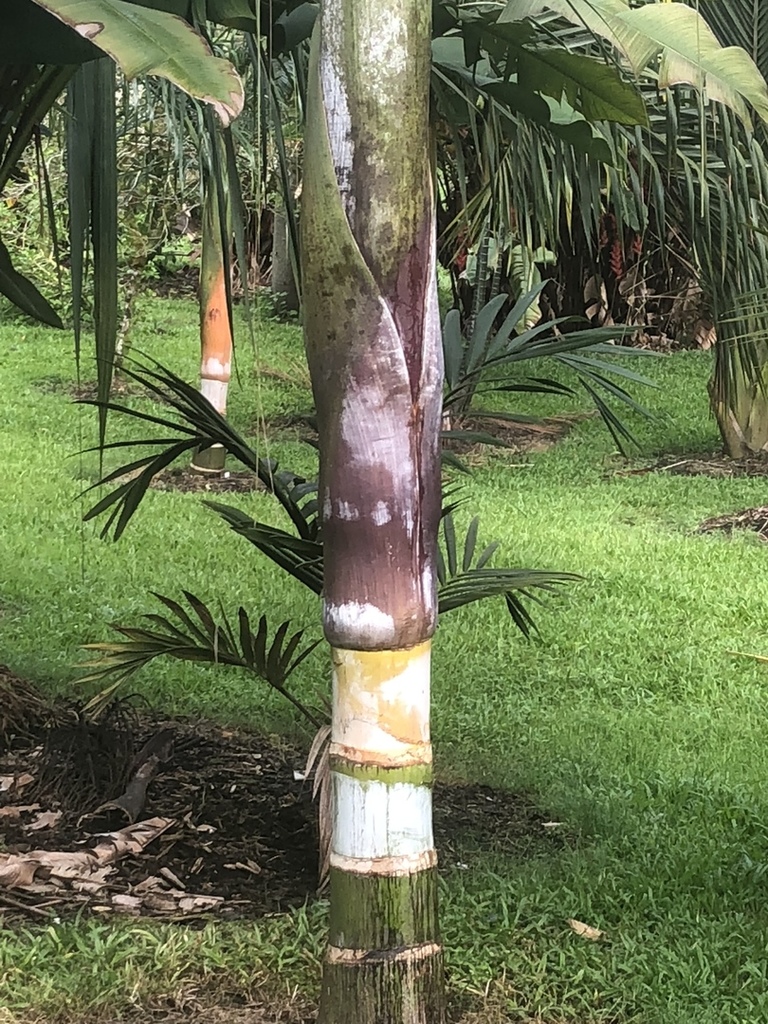

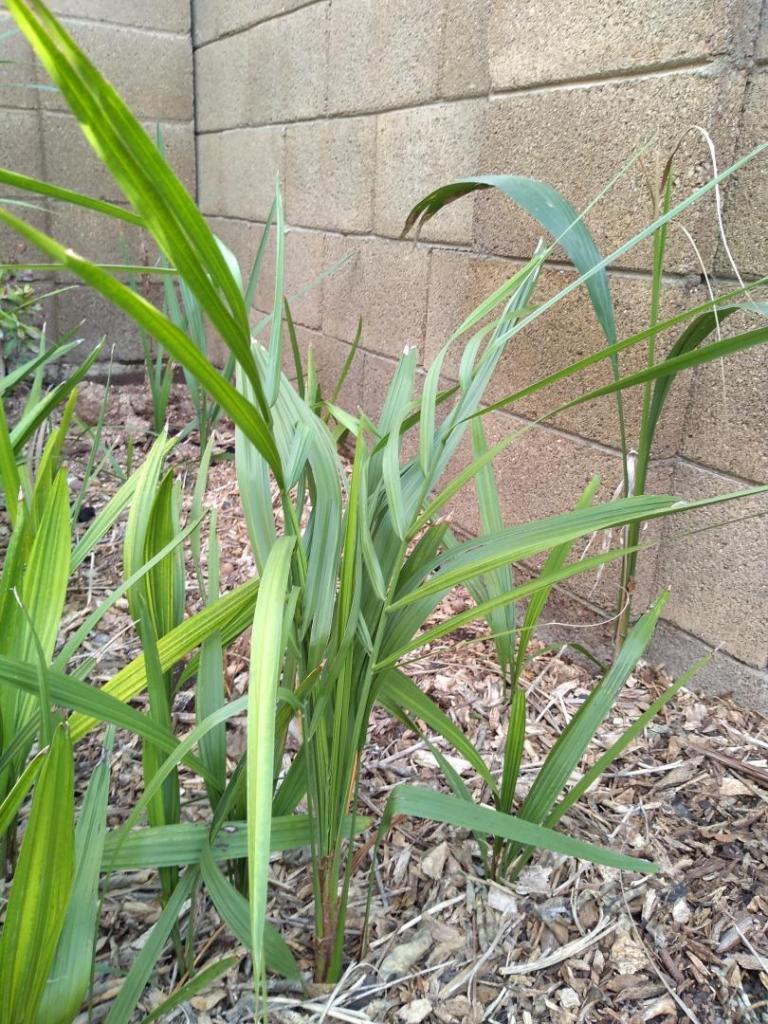
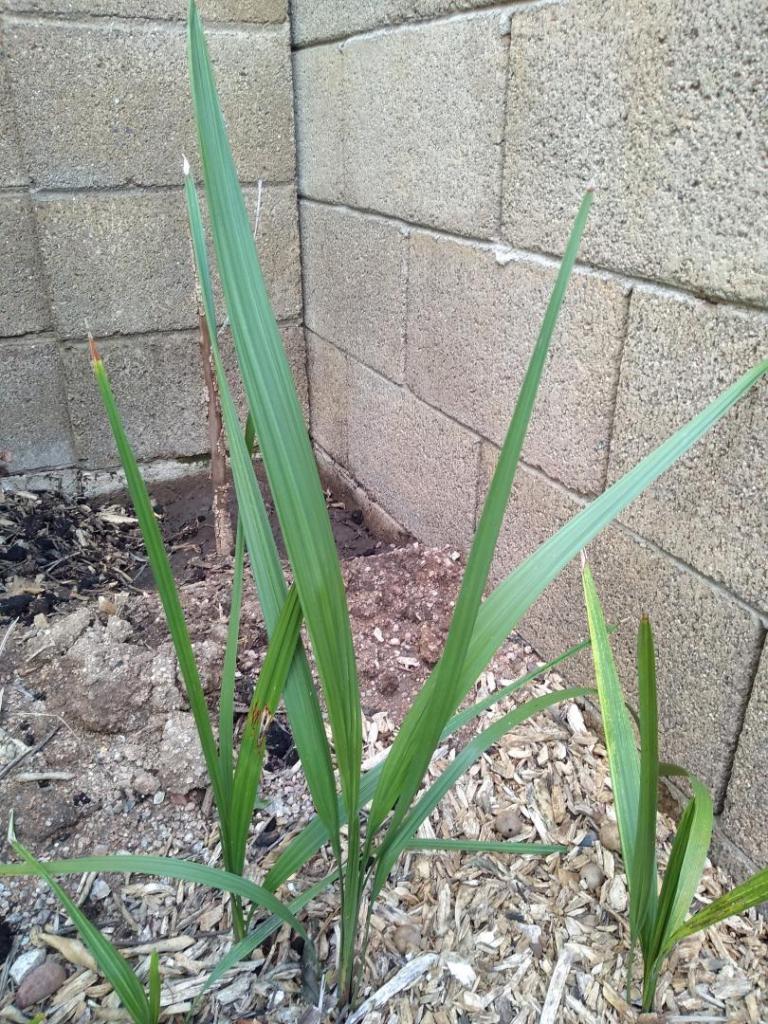
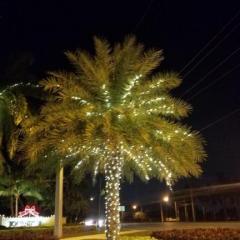



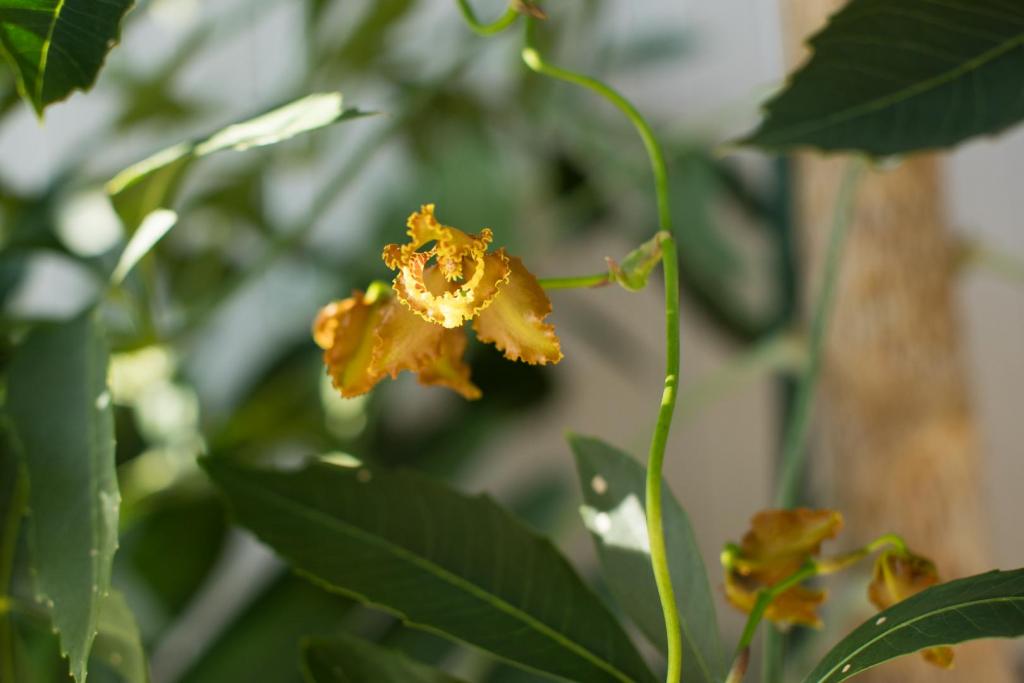
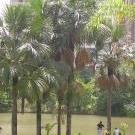
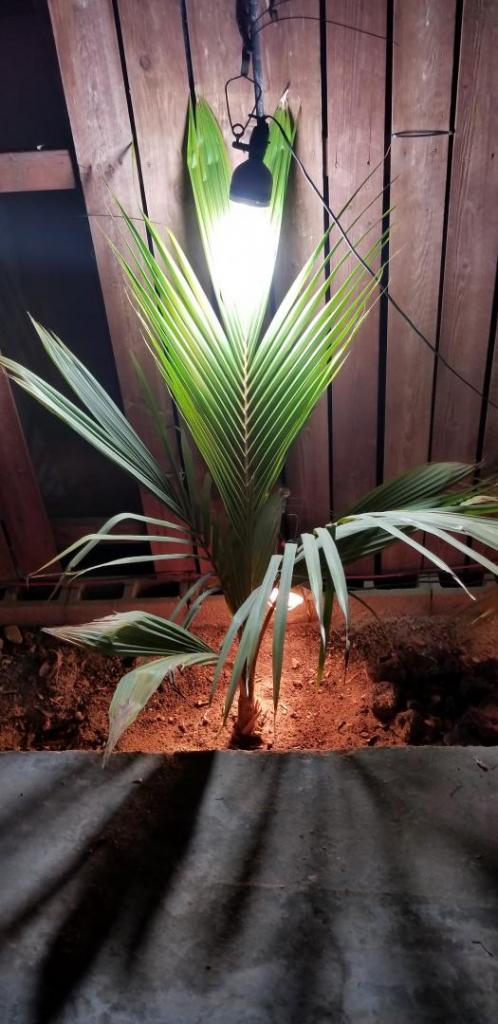
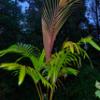

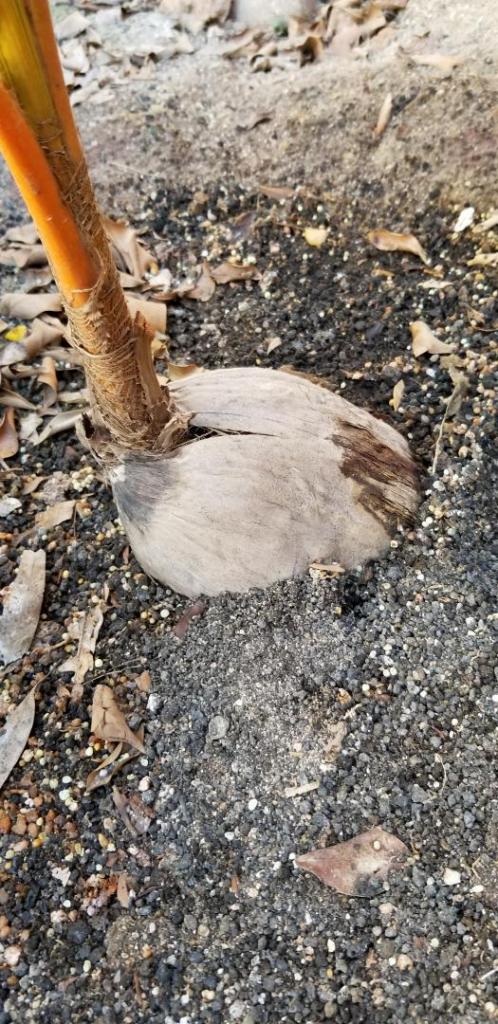

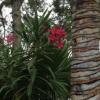
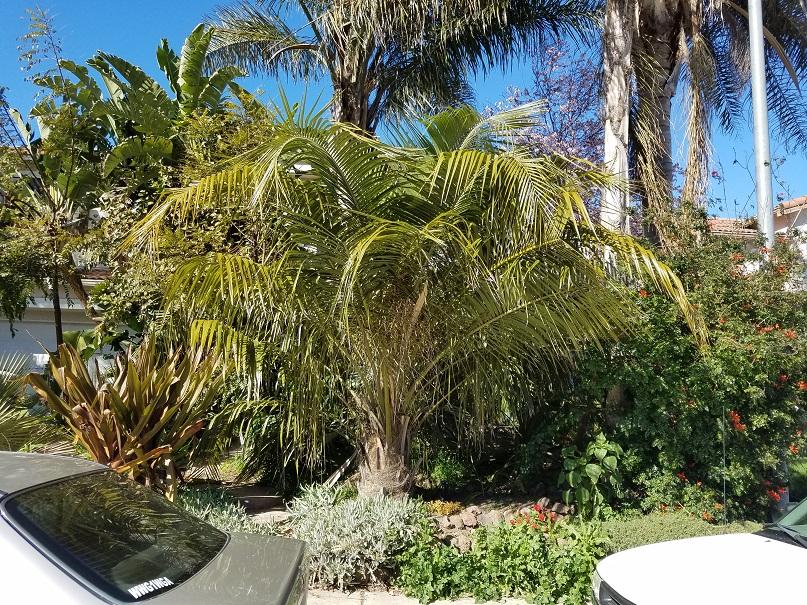
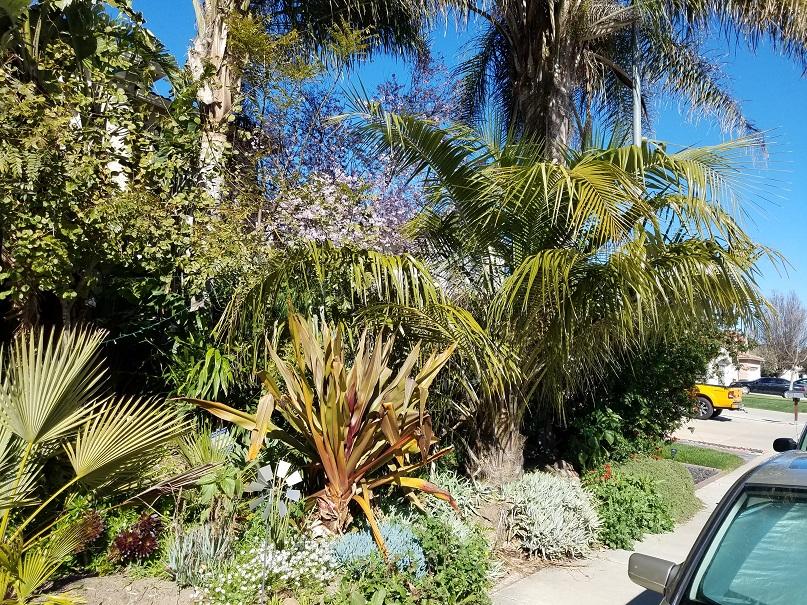

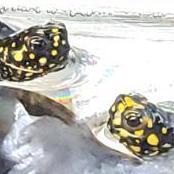
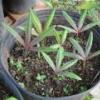
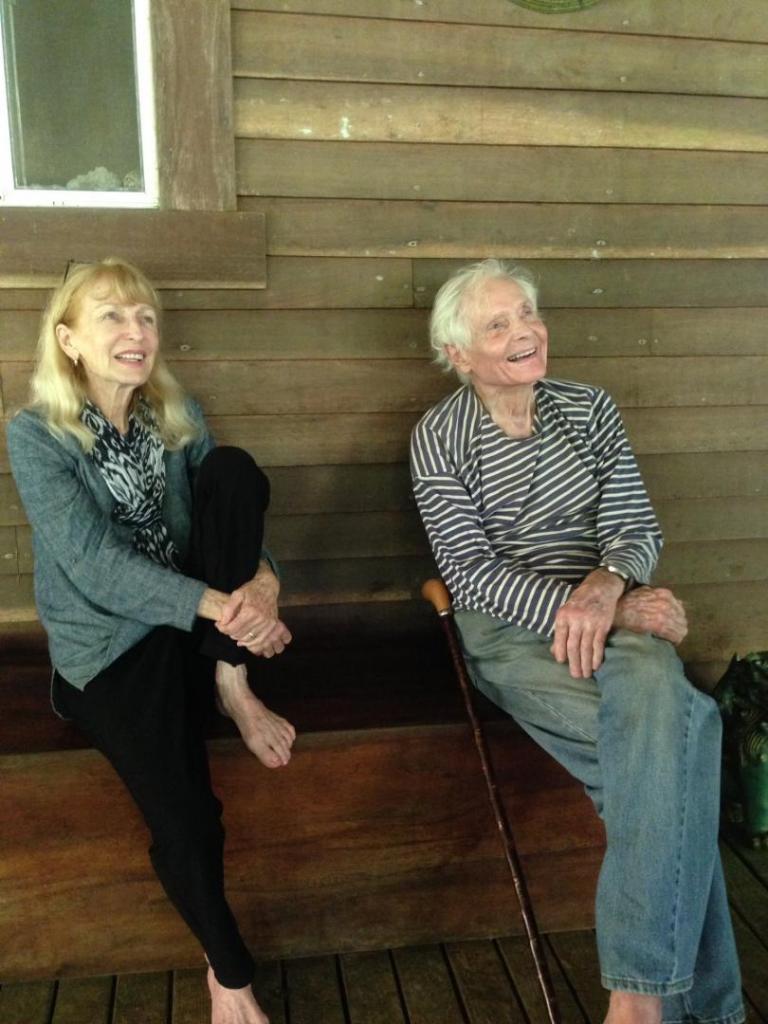

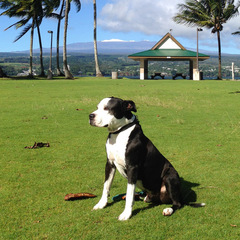

.jpg.7faffe77076a50d35a9d26a2a6eb70bc.jpg)
.jpg.cd8e27a817b54f9571059758ee1d71bd.jpg)
.jpg.d06eca61cfc4d4b5b6e5868ad0a29462.jpg)
.jpg.c8f13d1158e6a0ce4821531a1e2ffc93.jpg)
.jpg.12d3a0121598edab2b0674653495a460.jpg)
.jpg.6b2061fe547ebb7f4fa75f1b411cd8fe.jpg)
.jpg.457332ba8d0bc0fa03c6569459273484.jpg)
.jpg.31f7ba996b79a4905709141647d14dd3.jpg)
.jpg.b645ac93e03710e068d24e9986041cf0.jpg)
.jpg.0cb261c821e5c53b4e7b740f2a9d78eb.jpg)
.jpg.7cd01236ac22c38747252e3273ef87e2.jpg)

